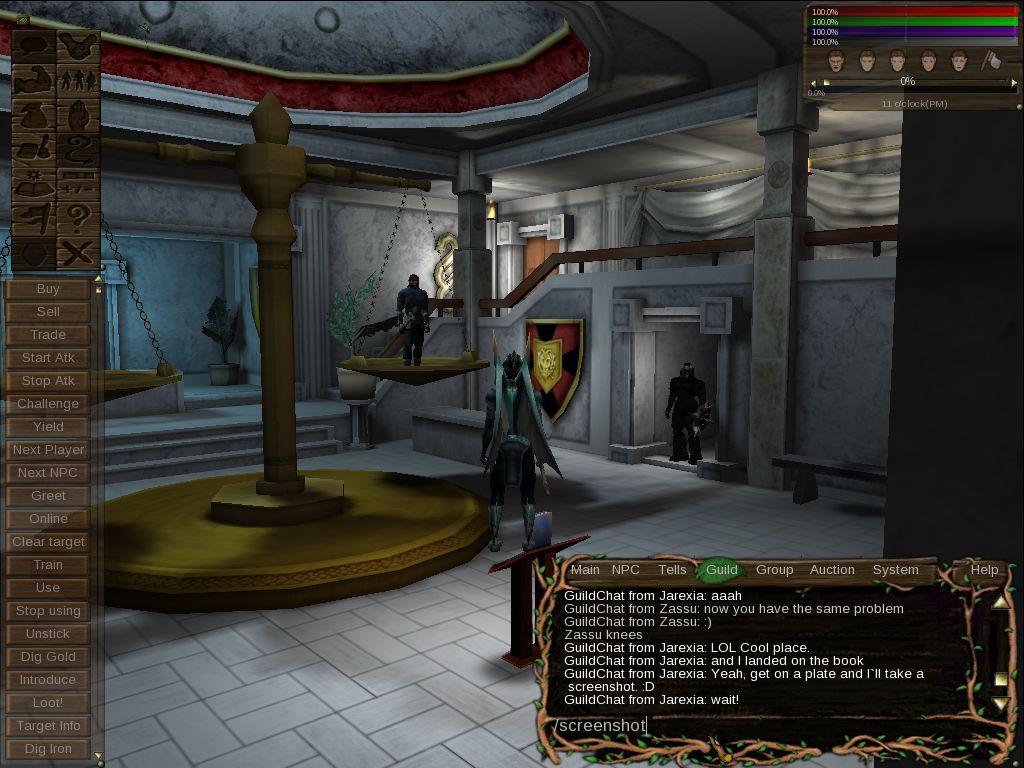

It is shown that the hybrid ZnO/G QDs can be used as a counter-electrode for heterojunction colloidal quantum-dot solar cells for efficient charge-carrier collection, as evidenced by the external quantum efficiency measurement. Raman spectroscopy determines G-band splitting of the graphene shell into two separated sub-bands (G(+), G(-)) caused by the strain induced symmetry breaking. A red shift in the absorption peak is also observed. Spectroscopic studies show that the graphene shell quenches the photoluminescence intensity of the ZnO nanocrystals by about 72%, primarily due to charge transfer reactions and static quenching. The prepared hybrid dots are composed of a ZnO core, with an average size of 5 nm, warped with graphene nanosheets. In this work, we have employed a facile and in situ solution-based process to prepare zinc oxide/graphene quantum dots (ZnO/G QDs) in a hybrid structure. Recently, hybrid nanocomposites consisting of graphene/nanomaterial heterostructures have emerged as promising candidates for the fabrication of optoelectronic devices. Tavakoli, Mohammad Mahdi Aashuri, Hossein Simchi, Abdolreza Fan, Zhiyong Hybrid zinc oxide/graphene electrodes for depleted heterojunction colloidal quantum-dot solar cells. Zinc oxide overdose occurs when someone eats one of.
PLANESHIFT MMORPG POPULATION SKIN
prevent or treat minor skin burns and irritation. Some of these are certain creams and ointments used. Zinc oxide is an ingredient in many products. We will discuss the observed changes in PL intensity with QD concentration with ZnO-QD band structure and recombination-diffusion processes taking place at the interface. For quantum dots at 1 M concentration, the PL intensity at 385 nm increased at the beginning and then decreased at higher density.

For a 0.1 M concentration of QDs of 10 nm diameter, the PL intensity at 385 nm increased as the density of the quantum dots on ZnO nanostructures was increased. Density of quantum dots was varied by controlling the number drops on the surface of the ZnO nanorods. In order to optimize the light absorption characteristics of ZnO nanorods, CdSe/ZnS core-shell quantum dots (QDs) of various diameters were attached to the surface of ZnO nanostructures grown on ITO and gold-coated silicon substrates. Our group fabricated nanorods on indium tin oxide (ITO) substrate with precursor solution of zinc nitrate hexahydrate and hexamethylenetramine (1:1 molar ratio) at 95C for 9 hours. In this study we investigate the optimization of the optical absorption properties by a low temperature, chemical bath deposition technique. ZnO nanorods grown by hydrothermal technique are of great interest for potential applications in photovoltaic and optoelectronic devices. Seay, Jared Liang, Huan Harikumar, Parameswar


The antimicrobial activities of ZnO QDs against Listeria monocytogenes, Salmonella Enteriti.Īttachment of Quantum Dots on Zinc Oxide Nanorods The ZnO QDs were directly added into liquid foods or coated on the surface of glass jars using polylactic acid (PLA) as a carrier. Zinc oxide quantum dots (ZnO QDs) are nanoparticles of purified powdered ZnO. USDA-ARS?s Scientific Manuscript database Application of zinc oxide quantum dots in food safety


 0 kommentar(er)
0 kommentar(er)
